Advanced quantitative evaluation of PET systems using the ACR phantom and NiftyPET software
Markiewicz PJ, da Costa-Luis C, Dickson J, Barnes A, Krokos G, MacKewn J, Clark T, Wimberley C, MacNaught G, Yaqub MM, Gispert JD, Hutton BF, Marsden P, Hammers A, Reader AJ, Ourselin S, Herholz K, Matthews JC, Barkhof F
Abstract
Purpose: A novel phantom-imaging platform, a set of software tools, for automated and high-precision imaging of the American College of Radiology (ACR) positron emission tomography (PET) phantom for PET/magnetic resonance (PET/MR) and PET/computed tomography (PET/CT) systems is proposed.
Methods: The key feature of this platform is the vector graphics design that facilitates the automated measurement of the knife-edge response function and hence image resolution, using composite volume of interest templates in a 0.5 mm resolution grid applied to all inserts of the phantom. Furthermore, the proposed platform enables the generation of an accurate μ-map for PET/MR systems with a robust alignment based on two-stage image registration using specifically designed PET templates. The proposed platform is based on the open-source NiftyPET software package used to generate multiple list-mode data bootstrap realizations and image reconstructions to determine the precision of the two-stage registration and any image-derived statistics. For all the analyses, iterative image reconstruction was employed with and without modeled shift-invariant point spread function and with varying iterations of the ordered subsets expectation maximization (OSEM) algorithm. The impact of the activity outside the field of view (FOV) was assessed using two acquisitions of 30 min each, with and without the activity outside the FOV.
Results: The utility of the platform has been demonstrated by providing a standard and an advanced phantom analysis including the estimation of spatial resolution using all cylindrical inserts. In the imaging planes close to the edge of the axial FOV, we observed deterioration in the quantitative accuracy, reduced resolution (FWHM increased by 1-2 mm), reduced contrast, and background uniformity due to the activity outside the FOV. Although it slows convergence, the PSF reconstruction had a positive impact on resolution and contrast recovery, but the degree of improvement depended on the regions. The uncertainty analysis based on bootstrap resampling of raw PET data indicated high precision of the two-stage registration.
Conclusions: We demonstrated that phantom imaging using the proposed methodology with the metric of spatial resolution and multiple bootstrap realizations may be helpful in more accurate evaluation of PET systems as well as in facilitating fine tuning for optimal imaging parameters in PET/MR and PET/CT clinical research studies.
Reference
Markiewicz PJ, da Costa-Luis C, Dickson J, Barnes A, Krokos G, MacKewn J, Clark T, Wimberley C, MacNaught G, Yaqub MM, Gispert JD, Hutton BF, Marsden P, Hammers A, Reader AJ, Ourselin S, Herholz K, Matthews JC, Barkhof F. Advanced quantitative evaluation of PET systems using the ACR phantom and NiftyPET software. Med Phys. 2022 Mar 10. doi: 10.1002/mp.15596. Epub ahead of print. PMID: 35271742.









